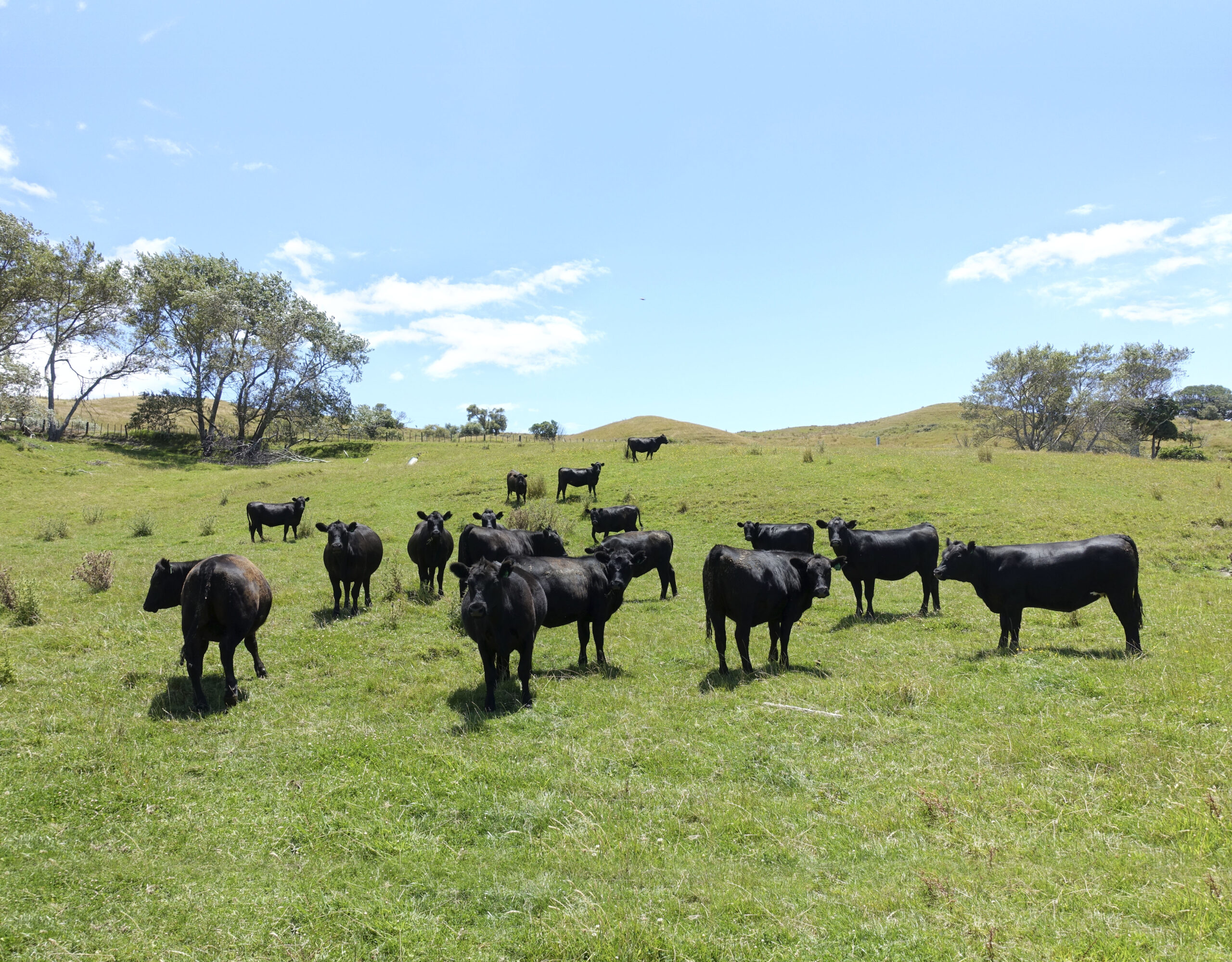Not much land? That needn’t stop you from enjoying the thrills of home-grown product, says Kath Irvine


Repurposed containers brimming with edibles, fruits jostling with flowers, veggies climbing walls. You can create small food gardens with next to no dirt and lots of imagination. Such gardens capture my heart.
How to make your small space an abundant one
1. Go upwards
Plenty of edibles climb; it’s the ultimate space-saver. Cucumbers, capsicums, aubergines, tomatoes, grapes, redcurrants and gooseberries can all be pruned to a single leader and trained up a sturdy stake. Beans, peas, pumpkins, melons, figs, passionfruit, apples and pears can be trained flat against a frame or over an arch.
2. Pick your spot
Match the right plant to the right place. Grow leafy greens and mint in the semi-shade, and rosemary and lavender in hot, dry spots. A plant in the right place is a happy plant, and a happy plant is an abundant one.
3. Create fabulous soil
It takes strong, fertile soil to grow healthy plants and produce good crops in a closely planted garden. Soil health is best managed with a little-and-often approach. Here are my favourite ways to cultivate great soil.
• Bury your foodscraps in your garden in shallow trenches.
• Sow green crops (alfalfa, mustard greens and fenugreek are just a few examples) and dig them back in.
• Liquid feed with seaweed or fish scraps in water.
• Keep any bare soil covered with plants or mulch. Make your own mulch by mixing garden weeds (but no seedheads), grass clippings, small prunings, foraged leaves and pine needles. Simply use whatever you can find.
• Lay seaweed or rotten manure beneath the mulch.
Five-step soil reviver
Use my five-step soil reviver if your soil is pale, musty and lifeless, or if your crops grow slowly, look poorly and regularly attract pest or disease.
1. Let the air in. Push your garden fork into the soil as far as it will go. Give it a good wiggle, then pull it back on a lean towards you as you pull it out, so the soil is lifted, not turned over. Do this all over the bed.
2. Sprinkle soil with lime flour, then sow a legume green crop such as alfalfa, lupin or broadbeans.
3. Chop the green crop down as it starts to flower. Dig it into the topsoil and leave for a few weeks to break down.
4. Water the soil if it is dry, then spread on a layer of compost and scatter over rotten manure or seaweed. Mulch generously.
5. Let it settle a week or so before planting out with seedlings.







